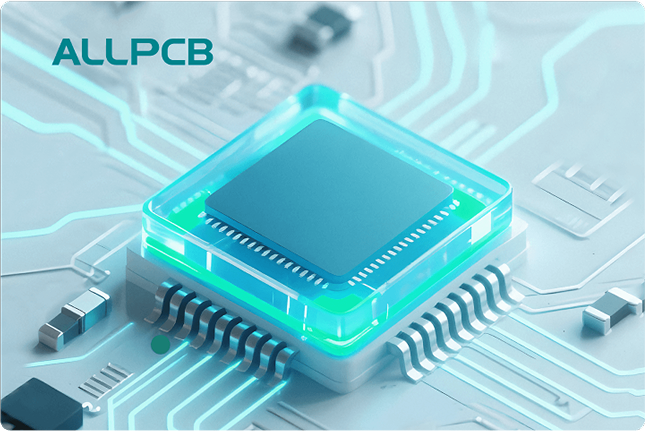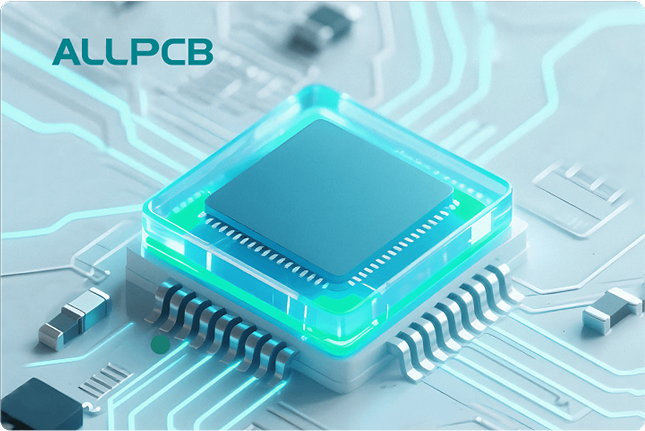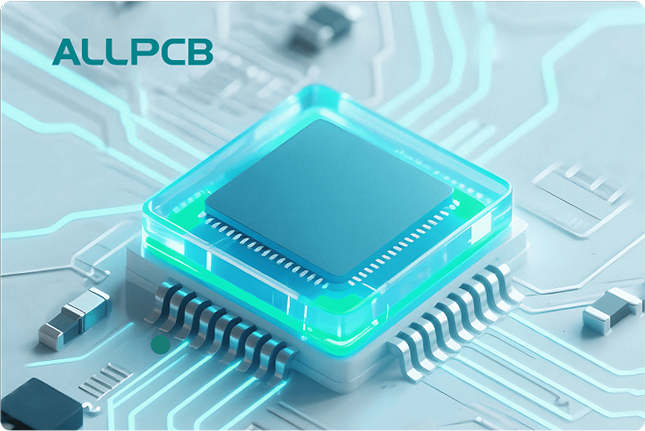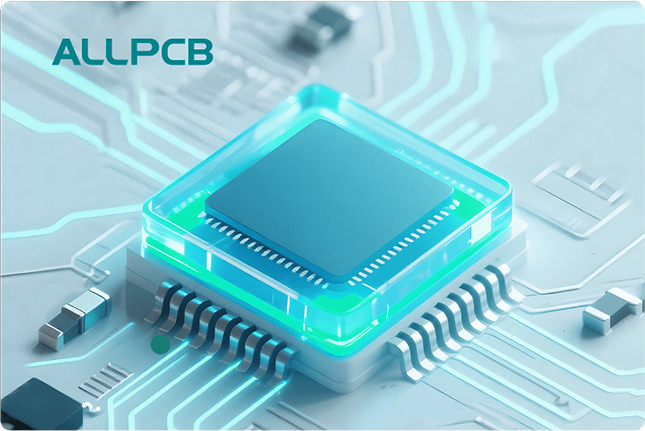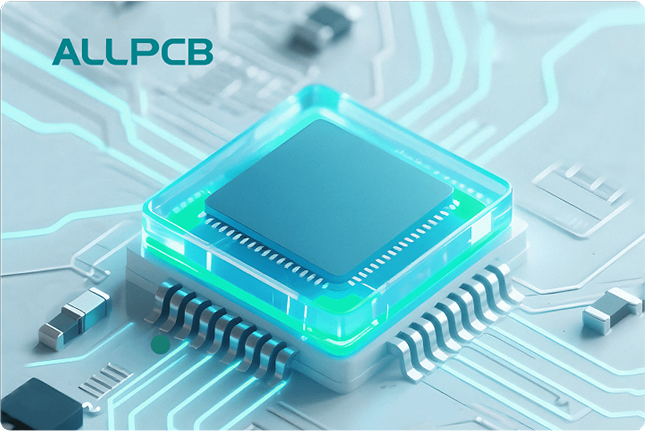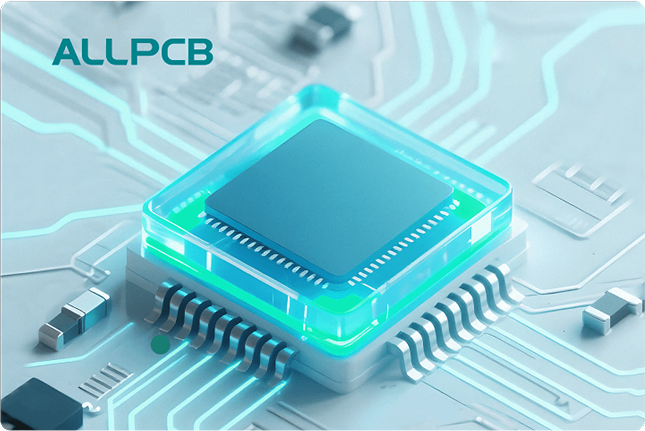In today's world, electrical systems and sensitive electronics are at constant risk from voltage spikes caused by lightning strikes, power grid fluctuations, or switching operations. To safeguard your equipment, understanding the different types of Surge Protection Devices (SPDs) is essential. Whether you're an engineer, a facility manager, or a homeowner, knowing about SPD Type 1, SPD Type 2, and SPD Type 3 can help you choose the right protection for your needs. In this comprehensive guide, we'll break down the surge protection device types, including their specific applications, and explain terms like surge arrester and Transient Voltage Surge Suppressor (TVSS).
At a glance, SPD Type 1 devices protect against direct lightning strikes and are installed at the main service entrance. SPD Type 2 devices handle residual surges and are placed at distribution panels, while SPD Type 3 devices offer point-of-use protection for sensitive equipment. Let's dive deeper into each type, their functionalities, and how they work together to create a robust defense against transient voltages.
What Are Surge Protection Devices (SPDs)?
Surge Protection Devices, commonly known as SPDs, are components designed to protect electrical systems and equipment from voltage spikes or surges. These surges can result from natural events like lightning or man-made causes like switching operations in power systems. Without proper protection, surges can damage or destroy sensitive electronics, leading to costly downtime or replacements.
SPDs work by diverting excess voltage away from protected equipment, often directing it to the ground. They are also referred to as surge arresters or Transient Voltage Surge Suppressors (TVSS) in various contexts. While the terms are sometimes used interchangeably, "surge arrester" often refers to devices protecting against high-energy events like lightning, while TVSS typically applies to lower-energy transient suppression in indoor settings.
Understanding surge protection device types is crucial because not all SPDs are created equal. They are categorized into three main types—Type 1, Type 2, and Type 3—based on their installation location and the level of protection they provide. Each type serves a unique role in a layered protection strategy, ensuring comprehensive safety for your systems.
Why Do You Need Surge Protection?
Voltage surges can cause catastrophic damage to electrical and electronic systems. A single lightning strike, for instance, can generate millions of volts, far exceeding the tolerance of most equipment. Even smaller surges from power grid fluctuations or internal switching can degrade components over time, leading to premature failure.
According to industry studies, surges account for a significant percentage of electronic equipment failures, with repair costs often running into thousands of dollars for industrial setups. For engineers and facility managers, implementing the right surge protection device types can prevent such losses, ensuring uninterrupted operations and extending the lifespan of critical systems.
SPDs are not just a luxury but a necessity in environments with high-value electronics, such as data centers, manufacturing plants, and even modern homes with smart devices. By installing the appropriate SPD Type 1, SPD Type 2, or SPD Type 3, you create a defense mechanism that mitigates risks at different levels of your electrical infrastructure.
SPD Type 1: Protection Against Direct Lightning Strikes
SPD Type 1 devices are the first line of defense in a surge protection strategy. They are designed to handle high-energy surges, such as those caused by direct lightning strikes or major power grid disturbances. These devices are typically installed at the main service entrance of a building, where the electrical power feed enters from the utility provider.
Type 1 SPDs are built to withstand extremely high current impulses, often rated for 10/350 microsecond waveforms—a standard test wave simulating lightning strikes. For example, a typical Type 1 SPD might have a maximum impulse current rating of 100 kA or more, ensuring it can divert massive energy spikes safely to the ground.
These devices are critical for facilities in areas prone to frequent thunderstorms or for buildings with exposed conductors, such as tall structures or those with overhead power lines. Without a Type 1 SPD, a direct lightning strike could send a surge through the entire electrical system, damaging everything in its path.
It's worth noting that while Type 1 SPDs protect against the most severe surges, they do not eliminate all transient voltages. Some residual energy may pass through, which is why additional layers of protection are necessary. This is where SPD Type 2 and Type 3 come into play.
SPD Type 2: Managing Residual Surges at Distribution Levels
SPD Type 2 devices are installed downstream from Type 1 SPDs, typically at sub-distribution panels or branch circuits within a building. Their primary role is to manage residual surges that pass through the Type 1 device or surges generated internally within the facility, such as those from motor startups or switching operations.
Type 2 SPDs are tested with an 8/20 microsecond waveform, which represents less intense but more frequent transient events compared to lightning strikes. They often have a nominal discharge current rating of 20 kA to 40 kA, sufficient to handle these mid-level surges. By clamping the voltage to a safe level, they prevent damage to equipment connected to the distribution panel.
For example, in an industrial setting, a Type 2 SPD might protect machinery control panels or server rooms located away from the main service entrance. In a residential context, it could safeguard household appliances connected to a secondary panel. This type of SPD is essential for ensuring that smaller, yet still harmful, surges don't reach sensitive equipment.
Type 2 SPDs are often paired with Type 1 devices in a coordinated protection strategy. This hierarchical approach ensures that high-energy surges are mitigated at the entrance, while remaining transients are managed closer to the point of use.
SPD Type 3: Point-of-Use Protection for Sensitive Equipment
SPD Type 3 devices provide the final layer of protection, installed directly at the point of use for sensitive equipment. These are often found in power strips, wall outlets, or integrated into devices like computers, medical equipment, or telecommunications gear. Their purpose is to handle low-energy transients that might have bypassed upstream SPDs or originated from nearby sources.
Type 3 SPDs are tested with a combination waveform (1.2/50 microsecond voltage and 8/20 microsecond current), simulating smaller surges. They typically have a lower current handling capacity, often around 3 kA to 10 kA, but are designed for fine-tuned voltage clamping to protect delicate electronics. For instance, a Type 3 SPD might limit voltage to below 600 volts, a safe threshold for most consumer electronics.
In practical terms, a Type 3 SPD is what you might plug your computer or television into. It acts as the last barrier, ensuring that even minor voltage fluctuations don't cause harm. While not designed for high-energy events like lightning strikes, they are indispensable for protecting high-value or mission-critical devices in both residential and commercial settings.
Surge Arrester vs. TVSS: What's the Difference?
While exploring surge protection device types, you might come across terms like "surge arrester" and "Transient Voltage Surge Suppressor (TVSS)." Though they are often used interchangeably with SPD, there are subtle differences in their application and connotation.
A surge arrester is traditionally associated with high-voltage protection, often used in outdoor settings or by utility companies to protect power lines and transformers from lightning strikes. They are similar to SPD Type 1 in function, focusing on diverting massive energy surges. Surge arresters are typically rated for very high voltages, sometimes in the range of 10 kV to 500 kV, depending on the application.
On the other hand, TVSS refers to devices designed for indoor use, protecting against lower-energy transients in commercial or residential environments. TVSS is more aligned with SPD Type 2 and Type 3, focusing on clamping voltage spikes to safe levels for sensitive equipment. The term TVSS has largely been replaced by SPD in modern standards, but it remains in use in some regions or industries.
Understanding these distinctions helps in selecting the right device for specific needs. For instance, if you're protecting a utility pole, a surge arrester is appropriate, whereas a TVSS or SPD Type 3 would be ideal for office equipment.
How Do These Surge Protection Device Types Work Together?
A comprehensive surge protection strategy involves using SPD Type 1, Type 2, and Type 3 in a coordinated manner. This layered approach, often called graded or cascaded protection, ensures that surges are mitigated at multiple points in the electrical system, reducing the risk of damage.
At the service entrance, a Type 1 SPD handles the brunt of high-energy surges, such as those from lightning, diverting most of the energy to the ground. However, some residual voltage may still travel through the system. This is where a Type 2 SPD, installed at distribution panels, steps in to further reduce the surge to a manageable level. Finally, a Type 3 SPD at the point of use clamps any remaining transients to a voltage safe for sensitive devices.
For optimal performance, these devices must be coordinated based on their voltage protection levels and energy-handling capacities. Standards like IEC 61643-11 recommend specific distances between SPD types to avoid interference and ensure effective operation. For example, a minimum cable length of 10 meters between a Type 1 and Type 2 SPD can help with impedance coordination, allowing each device to function without overloading the other.
This multi-tiered system is especially important in environments with critical equipment, such as hospitals or data centers, where even a small surge can cause significant disruption. By integrating all three surge protection device types, you create a robust shield against a wide range of transient events.
Choosing the Right SPD for Your Needs
Selecting the appropriate surge protection device types depends on several factors, including the location of installation, the type of equipment being protected, and the risk of surges in your area. Here are some key considerations to guide your decision:
- Risk Assessment: Evaluate the likelihood of lightning strikes or power disturbances in your region. High-risk areas may require robust Type 1 SPDs with higher current ratings.
- Equipment Sensitivity: Determine the voltage tolerance of your devices. Sensitive electronics like medical instruments or servers often need Type 3 SPDs with low clamping voltages.
- System Layout: Map out your electrical infrastructure to identify where each SPD type should be installed. Ensure proper coordination between devices to avoid gaps in protection.
- Standards Compliance: Choose SPDs that meet international standards like IEC or UL, ensuring reliability and safety. Look for specifications like maximum continuous operating voltage (MCOV) and nominal discharge current.
For engineers working on PCB designs or system integration, incorporating surge protection at the design stage can save significant costs in the long run. Collaborating with a trusted provider for components and protective solutions ensures that your systems are equipped to handle transient events effectively.
Installation and Maintenance Tips for SPDs
Proper installation and maintenance are critical to the effectiveness of surge protection devices. Incorrect placement or neglected upkeep can render even the best SPDs useless. Here are some practical tips to maximize their performance:
- Professional Installation: Especially for Type 1 and Type 2 SPDs, hire certified electricians to ensure correct wiring and grounding. Poor grounding can prevent surges from being diverted safely.
- Regular Inspections: Check SPDs periodically for signs of wear or damage, especially after major surge events. Many devices have indicator lights or alarms to signal when replacement is needed.
- Environmental Considerations: Install SPDs in locations protected from moisture, dust, or extreme temperatures, as these can degrade performance over time.
- Replacement Planning: SPDs have a finite lifespan and may need replacement after absorbing significant surges. Keep spares on hand for critical applications.
By following these guidelines, you ensure that your surge protection system remains reliable, providing continuous defense against voltage spikes.
Conclusion: Safeguard Your Systems with the Right SPD
Understanding the different types of Surge Protection Devices—SPD Type 1, SPD Type 2, and SPD Type 3—is the first step toward protecting your electrical systems and electronics from damaging surges. Whether it's a surge arrester guarding against lightning at the service entrance or a TVSS shielding sensitive equipment at the point of use, each device plays a vital role in a comprehensive protection strategy.
By implementing a layered approach with these surge protection device types, you can mitigate risks from both external and internal transient events. This not only prevents costly damage but also ensures the longevity and reliability of your equipment. For engineers and professionals in the electronics field, staying informed about SPDs and their applications is crucial for designing resilient systems.
At ALLPCB, we are committed to supporting your projects with high-quality components and solutions. Protecting your designs from surges starts with the right knowledge and tools, and we're here to help you every step of the way. Invest in the appropriate SPDs today to secure your systems for tomorrow.
 ALLPCB
ALLPCB


